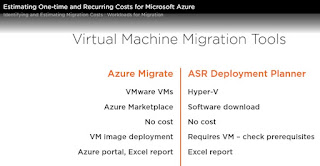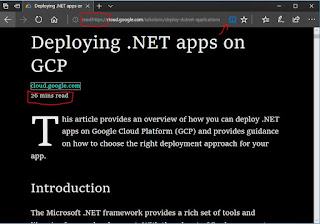This Week I Learned - Week #13 2019
This Week I Learned - * There are a bunch of Microsoft and third-party services and tools available to assist you with various database and data migration scenarios and specialty tasks . * The Contoso migration series includes information and scenarios that illustrate how to set up a migration of infrastructure, and run different types of migrations. * SSRS can be deployed using SQL Server on an Azure VM - Choosing Your Database Migration Path to Azure [PDF] * Microsoft uses Azure Compute Unit (ACU) to compare the performance across their virtual machine SKUs. The ACU/Core gives you an idea of what you can expect between different series of Azure virtual machines. * Azure SQL Databases are locally highly-available as standard, with three copies of your database used to keep the data online and accessible during patching and transient hard failures. SQL Server on Azure VMs would require HA technologies such as Always On Failover Clustering, Always On availability groups, d


